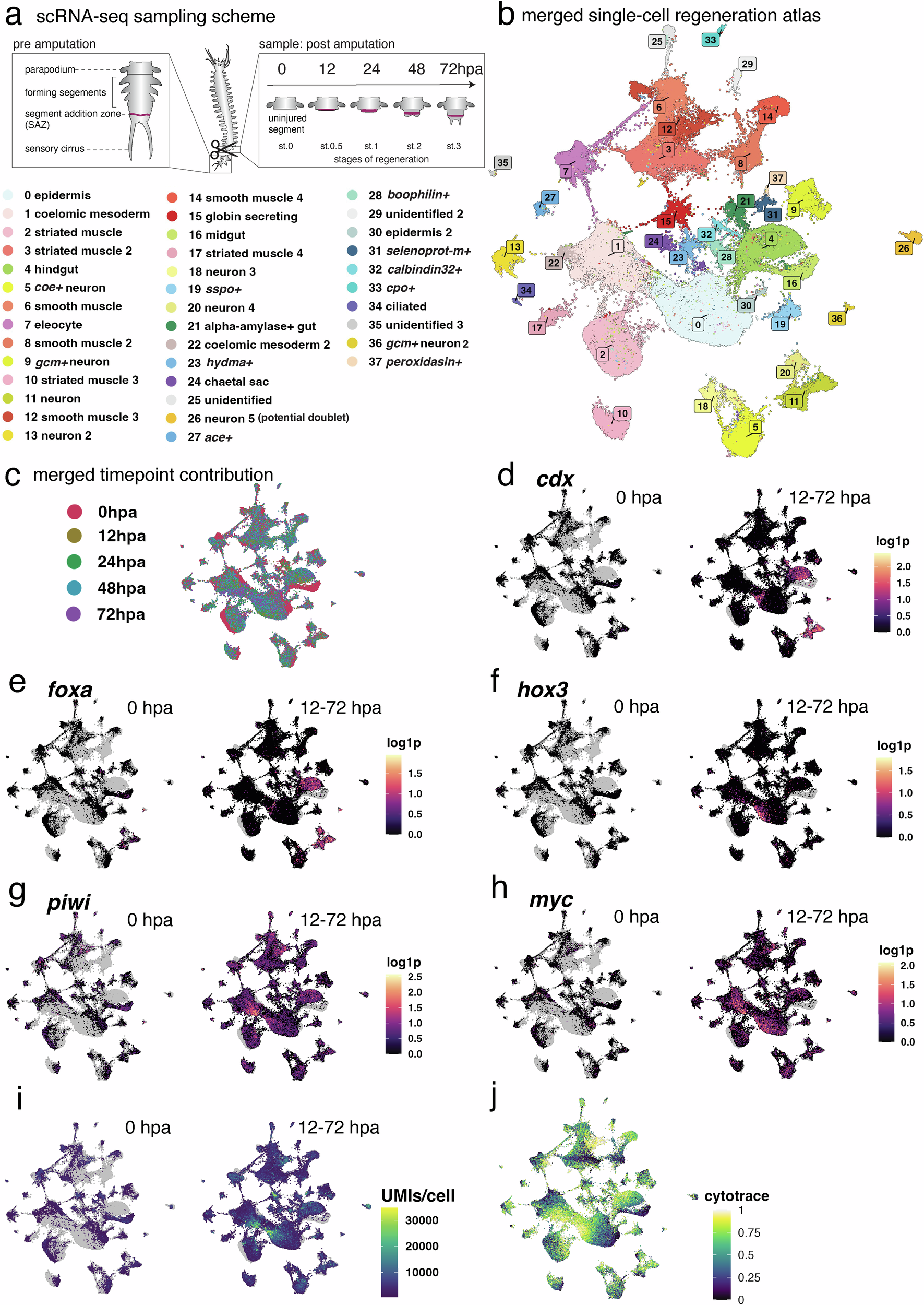2024-11-19 ワシントン州立大学(WSU)
<関連情報>
- https://news.wsu.edu/press-release/2024/11/19/study-helps-explain-how-children-learned-for-99-of-human-history/
- https://www.pnas.org/doi/abs/10.1073/pnas.2322883121
狩猟採集民の文化伝播 Cultural transmission among hunter-gatherers
Barry S. Hewlett, Adam H. Boyette, Sheina Lew-Levy, +1, and Samuel Jilo Dira
Proceedings of the National Academy of Sciences Published:November 18, 2024
DOI:https://doi.org/10.1073/pnas.2322883121
Significance
Cultural evolutionary theories have stimulated substantial research on from whom hunter-gatherers learn. Nine modes of cultural transmission are examined among Congo Basin and other hunter-gatherer groups. The various modes help us to understand why several features of hunter-gatherer life, such as egalitarianism and extensive sharing, are highly conserved and similar across diverse natural environments. The modes of cultural transmission demonstrate how cultural skills and knowledge are maintained for long periods of time, providing opportunities for innovation and cumulative culture.
Abstract
We examine from whom children learn in mobile hunter-gatherers, a way of life that characterized much of human history. Recent studies on the modes of transmission in hunter-gatherers are reviewed before presenting an analysis of five modes of transmission described by Cavalli-Sforza and Feldman [L. L. Cavalli-Sforza, M. W. Feldman, Cultural Transmission and Evolution: A Quantitative Approach (1981)] but not previously evaluated in hunter-gatherer research. We also present two modes of group transmission, conformist transmission, and concerted transmission, seldom mentioned in hunter-gatherer social learning research, and propose a unique mode of group transmission called cumulative transmission. The analysis of the additional modes of transmission indicated that cultural evolutionary signatures of vertical transmission, such as the conservation of cultural traits, have been underestimated because previous studies have seldom considered remote generations or distinguished intrafamilial from extrafamilial horizontal and oblique transmission. However, field data also indicate that hunter-gatherer children interacted with and learned from many nongenetically related individuals; about half of children’s and adolescents’ horizontal and oblique social learning came from nongenetically related individuals. Intimate living conditions of hunter-gatherers provide opportunities for group transmission, and ethnographic evidence presented demonstrates that at least three types of group transmission exist. All three forms of group transmission theoretically contribute to the conservation of culture, homogeneity of intracultural diversity, and high intercultural diversity. Analysis of additional modes of oblique and horizontal transmission and discussion of previous and unique modes of group transmission demonstrate the various mechanisms by which hunter-gatherer children learn and how cultures are conserved and contribute to cumulative culture.


